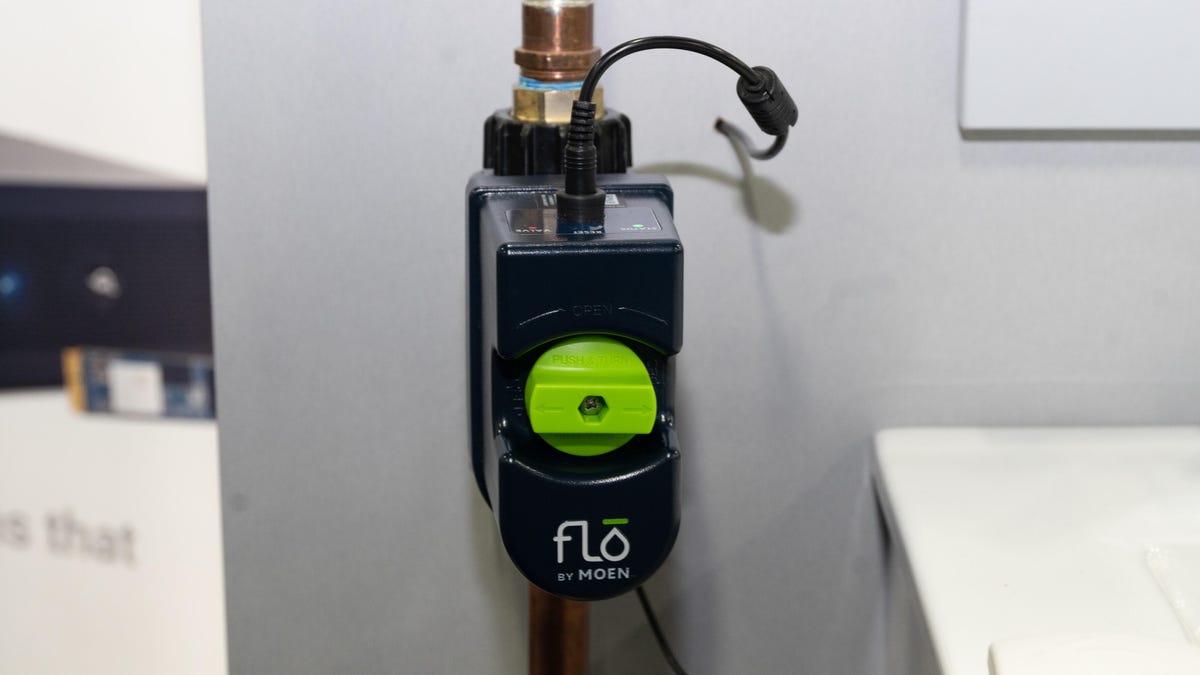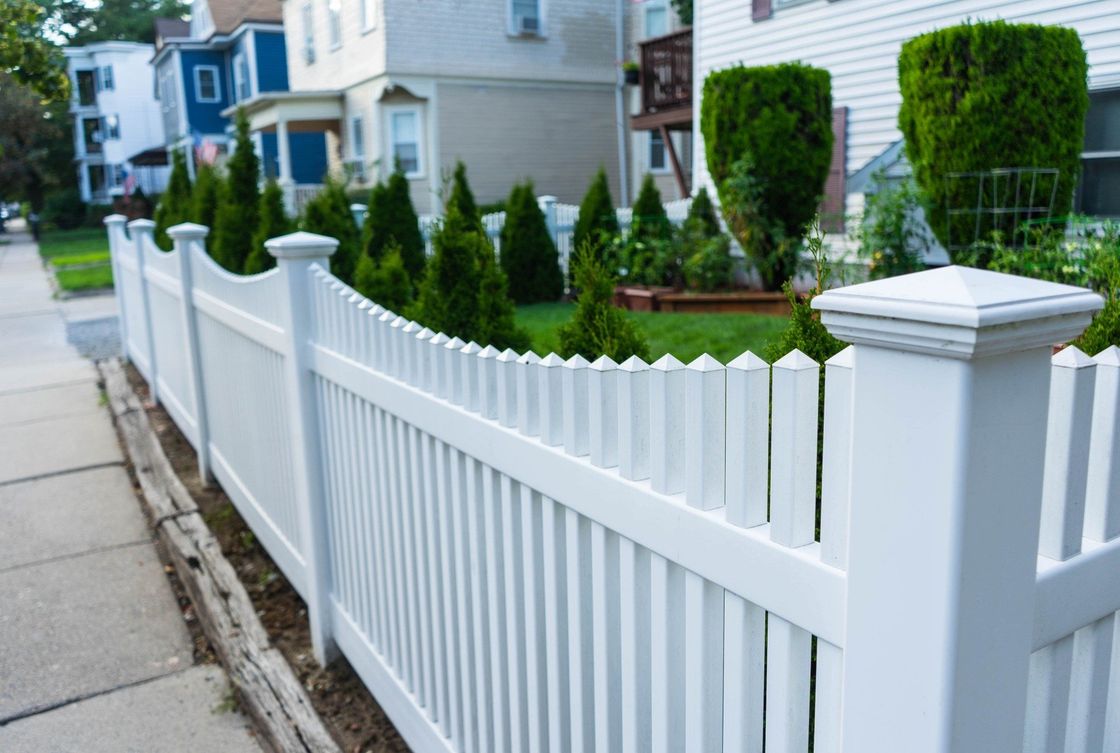
Water damage is the quiet menace of home and property ownership. It accounts for billions in insurance claims annually, often stemming not from catastrophic pipe bursts, but from slow, insidious leaks hidden behind walls, under floors, or inside seldom-used appliances. The traditional method of leak detection—waiting for a stain to appear or a water bill to spike—is reactive, costly, and inherently unreliable. However, the plumbing industry is undergoing a digital revolution, with the advent of smart plumbing technology transforming detection from a passive chore into a proactive, intelligent defense system.
Smart plumbing, powered by the Internet of Things (IoT) and advanced sensor technology, is redefining water safety. It offers property owners real-time visibility into their water systems, providing the power to detect anomalies, mitigate damage instantly, and ultimately conserve a vital resource. This technology is moving beyond simple alarms; it is creating a vigilant, always-on guard that ensures the structural integrity and financial security of any building.
The Ultimate Deterrent: Automated Shut-Off
The critical advantage that smart plumbing offers over traditional detection methods is the ability to move from mere alerting to automatic damage mitigation. When a severe leak or abnormal flow is detected by a whole-house monitor, the system can automatically send a signal to a smart water shut-off valve installed on the main line.
Within seconds of detection, the valve closes, instantly stopping the flow of water into the building. This feature is the ultimate peace of mind, especially for vacation homeowners, landlords, or frequent travelers. Without this immediate intervention, a pipe bursting while a homeowner is away for a weekend could result in tens of thousands of dollars in structural damage, mold growth, and damaged possessions. The automatic shut-off feature ensures that a potential catastrophe is downgraded to a minor plumbing repair. Furthermore, many systems allow the homeowner to control this valve remotely via a smartphone app, providing manual control from anywhere in the world.
The Power of Predictive Maintenance and AI
The future of smart plumbing extends beyond simple detection and automatic shut-off; it is moving toward genuine predictive maintenance powered by artificial intelligence and machine learning.
AI algorithms analyze the vast amounts of data collected by smart sensors—not just flow rates, but subtle fluctuations in pressure, minute temperature shifts, and historical usage patterns. By establishing an increasingly refined baseline, the system can identify early warning signs of failure that no human or simple flow meter could ever catch. For instance, the AI may recognize a pattern where pressure slightly decreases on a consistent basis over several weeks, suggesting the slow development of a pinhole leak or a problem with an appliance. This allows the property owner to call a plumber lancaster to investigate and repair the issue before the pipe fails or the leak becomes visible, thereby minimizing disruption and maximizing the lifespan of the plumbing infrastructure. This proactive approach turns maintenance from a reactive fix into a scheduled, controlled procedure.
Conclusion: Investing in the Next Generation of Safety
Smart plumbing technology is rapidly becoming a standard necessity, not a luxury. As homes become increasingly interconnected through the Internet of Things, the water system—long the domain of old-world hardware—is finally catching up. For homeowners and property managers, the investment in advanced leak detection is a strategic decision that acts as an insurance policy, a utility bill optimizer, and a tool for environmental stewardship. By transforming the traditional, reactive approach to water management into a vigilant, automated, and predictive process, smart plumbing is not just mitigating risk; it is defining the next generation of property safety and maintenance.



:max_bytes(150000):strip_icc()/beautiful-garden-fences-4175921-hero-1753d4fd6dbf408399ebee13639a08c6.jpg)